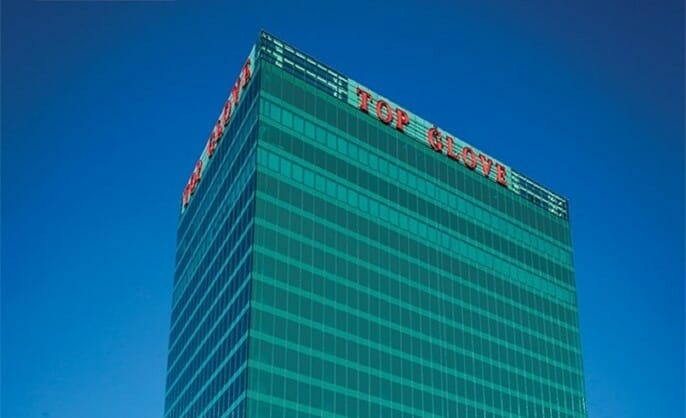Kenanga says TopGlove’s latest financial performance was disappointing with a fifth consecutive quarterly loss. Its FY23 net loss of RM927m exceeded full-year net loss forecast and the full-year consensus net loss estimate by a whopping 63% and 81%, respectively. The variance against the research house forecast came largely from its lumpy plant decommissioning costs in the 4Q.
QoQ, its 4QFY23 revenue fell 10% due to lower sales volume (-9%) and average selling price (-1%). It plunged into a loss of RM380m at the EBITDA level compared to a loss of RM48m in 3QFY23 due to: (i) an RM388m impairment loss from the decommissioning of production facilities, and (ii) sustained poor economies of scale/cost absorption as its utilisation rate hovered at a depressed level of 30%. At the net level, its 4QFY23 losses widened to RM463m compared to RM131m in 3QFY23. No dividend was declared in this quarter as expected. YoY, its FY23 revenue fell 60% due to a lower ASP (-22%) and sales volume (-25%). Coupled with RM388m impairment loss from the decommissioning of production facilities, it plunged to a net loss of RM926.6m, from a net profit of RM225.6m a year ago.
During a briefing with the company, TopGlove reiterated that it believes selling prices have bottomed out which is currently at between USD18 to USD21 (compared to our USD20 per 1,000 pieces assumption for FY24) and expects ASP to move up in subsequent quarters. However, due to the current competitive pressure emanating from massive industry oversupply and low industry utilisation averaging 30%-40%, any price hike attempts may result in customers switching to other producers, particularly, Chinese manufacturers that are still selling at USD17-18 per 1,000 pieces.
The group continues to see MoM uptrend in sales volume starting from Jun CY23 and expects customers’ replenishment activity to pick up in subsequent quarters, premised on depleting inventory. It is optimistic of sales volume achieving 10% MoM growth from a low base. However, the house is skeptical that sales volume to increase in subsequent quarters, taking a cue from the industry’s guidance for persistent market oversupply. Generally, there is no urgency for buyers to place sizeable orders or hold substantial stocks as supply is plentiful and readily available.
It reiterated that the current business landscape remains challenging and competitive and it is only hoping for its bottom line to turn the corner somewhere between FY24 and FY25. In view of the increasingly challenging business landscape, the group will continue to emphasise better cost management, improve operational efficiencies and scale up automation initiatives. The measures employed include decommissioning obsolete production lines and temporarily halting production of 17 out of its 49 factories, in light of the softer global glove demand.
Outlook. Based on estimates, the demand-supply situation will only start to head towards equilibrium in 2025 when there is virtually no more new capacity coming onstream while the global demand for gloves continues to rise by 15% per annum, underpinned by rising hygiene awareness.
MARGMA projects 12%−15% growth in the global demand for rubber gloves annually from 2023, following an estimated 19% contraction to 399b pieces in 2022. It believes the supply-demand equilibrium may return in 6−9 months. However, the house begs to differ, expecting the overcapacity situation to persist at least over the next 12 months. Kenanga projects the demand for gloves to rise by 15% in 2023, which is consistent with MARGMA’s forecast. On the supply side, have already factored in a reduction of 24b pieces of gloves in the system by end- FY23. This will result in an excess capacity of 112b pieces which is similar to CY22. Despite the improvement, the overcapacity still persists which means low prices and depressed plant utilisation will continue to plague the industry for the remainder of 2023.
Forecasts. Kenanga maintains its FY24F profit and introduces new FY25F numbers. The house reiterates the MARKET PERFORM call and TP of RM0.75 based on 1.2x FY24F BVPS, at a 40% discount (in-line with big cap players) to the sector’s average of 1.7x seen during the last downturns in 2008-2011 and 2014-2015 as it believes the current downturn could go down in history as one of the deepest ever.









